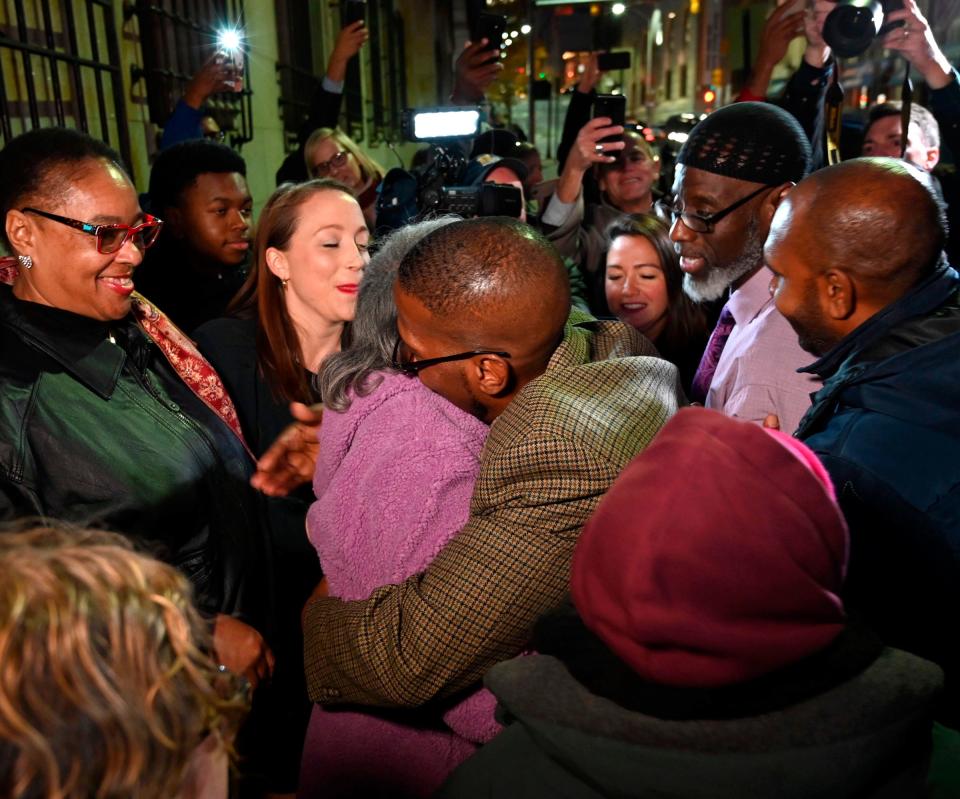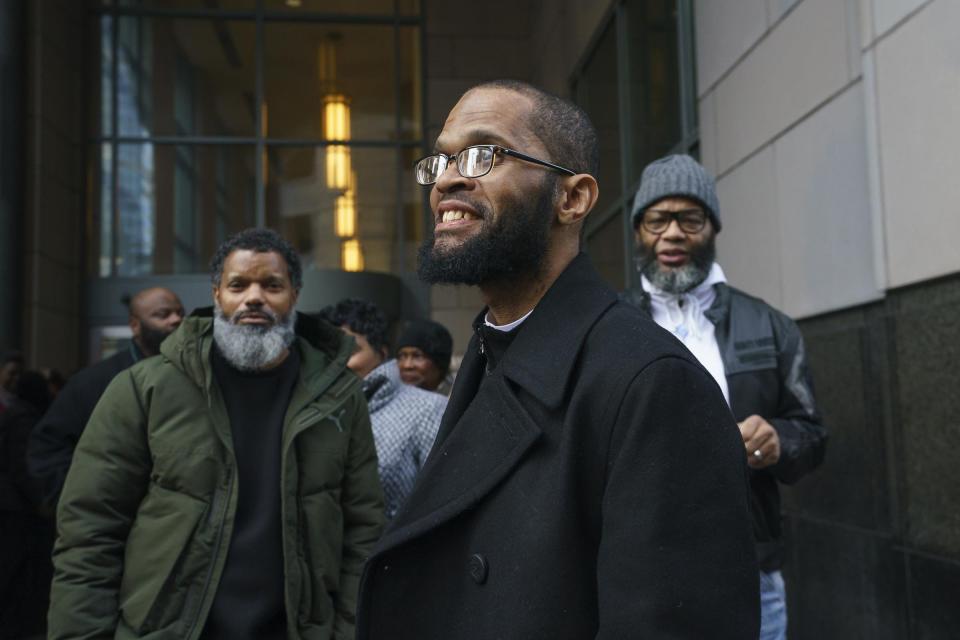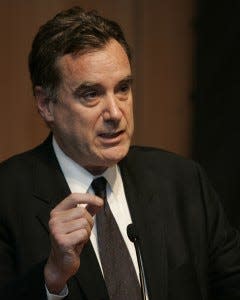Who's to blame for wrongful convictions? Accountability demands more than finger-pointing.
The National Registry of Exonerations has recorded the 3,000th exoneration of a wrongly convicted defendant since 1989: the case of Reynaldo Munoz, framed for a Chicago murder.
Three thousand innocent lives broken. Three thousand families wrecked. Three thousand actual perpetrators left free to find more victims. Three thousand crime survivors cheated of whatever solace the punishment of the real criminals might provide.
These numbers represent only the visible tip of a deep iceberg, but they should make us ask a question: "What have we learned from all this pain?"
The answer is "not much."
We know why innocent people are convicted: So we fight for their right to sue police
Winning the release of the wrongly imprisoned is an emergency. Providing compensation for the exonerated seems only right. Sometimes, disciplining a "bad apple" for the wrongful conviction will get some attention.
We stop there. We limit accountability to punishment.
There is a yawning gap between where we typically land and where forward-looking accountability would put us.
Systems set people up for failure
A wrongful conviction is never the work of a lone bad apple. Like a plane crash, a wrongful conviction is a system failure, an "organizational accident." Small errors, none of them sufficient to cause the conviction independently, combine with each other and with latent system weaknesses, then the catastrophe comes.
Yes, the cops got the wrong guy, but the forensics misled them; the prosecutors failed to screen out the error; the defenders didn’t effectively challenge the misidentification; the judge and jury missed the warning signs.

The answer to the question "Who is responsible of this wrongful conviction?" is always everyone involved, to one degree or another – whether by making an error or failing to intercept someone else's.
They told her she could register to vote. Why should she be in prison for their error?
That includes people far from the scene of the mistaken verdict, people who did the hiring, supervised the training, set the budgets, devised the legal architecture and created the incentives for the practitioners at the sharp end who monopolize our attention.
People zig when they should zag for reasons. Conditions and influences shape the conduct of the front-line actors. Often, they’ve been set up to fail. Leave their environment untouched and the same options will make sense to their successors in the next case.
Failures warrant disciplined scrutiny
We need justice system leaders who hold themselves accountable for learning how and why miscarriages of justice occurred. Beyond performance reviews of individuals (via prosecutions, lawsuits or departmental discipline), we need full event reviews that illuminate how players interacted and what underlying system features drove their choices.
Baltimore has given us an example of how to do this. Using a "sentinel event review" model developed by the National Institute of Justice and coordinated by a team from the Quattrone Center for the Fair Administration of Justice at the University of Pennsylvania, Baltimore’s criminal justice system’s leaders took a hard look at the exoneration of Malcolm Bryant, who had served 17 years in prison after being wrongfully convicted of murder.

They formed a diverse event review team with representation from the police, prosecutors, public defenders and the local Innocence Project. The team did not look to lay blame; it concentrated on prevention.
I'm not asking for sympathy. No, I'm asking that bad prosecutors face consequences
Working together, the stakeholders uncovered contributing weaknesses in investigation, forensic science, discovery, defense performance and post-conviction procedures in Bryant’s case. The team generated, with consensus from all stakeholders, a list of 18 eminently doable recommendations for change.
Every jurisdiction should explore this new tradition of bearing witness – of convening all stakeholders in safety-oriented investigations of tragic incidents. (In many horrific episodes – "suicide by cop" shootings, for example – public health and criminal justice worlds overlap. Both could be mobilized.)
Painful lessons fuel prevention efforts
Our criminal system generates errors no one wants. Each of the many victims of these errors pays a terrible price.

The least we can do is to show them that we will be accountable for learning from their experience – that at least their suffering will be used to protect their neighbors from the same pain.
We can never promise perfect safety. But maybe we can learn how to make things safer. We should try.
James M. Doyle is a veteran Boston defense lawyer and author. He was a visiting fellow for the National Institute of Justice and has worked on NIJ's Sentinel Events Initiative.
This column is part of a series by USA TODAY Opinion about police accountability and building safer communities. The project began in 2021 by examining qualified immunity and continues in 2022 by examining various ways to improve law enforcement. The project is made possible in part by a grant from Stand Together, which does not provide editorial input.
You can read diverse opinions from our Board of Contributors and other writers on the Opinion front page, on Twitter @usatodayopinion and in our daily Opinion newsletter. To respond to a column, submit a comment to letters@usatoday.com.
This article originally appeared on USA TODAY: Wrongful convictions: How to create criminal justice accountability

